1.Tianjin Ancient Culture Street
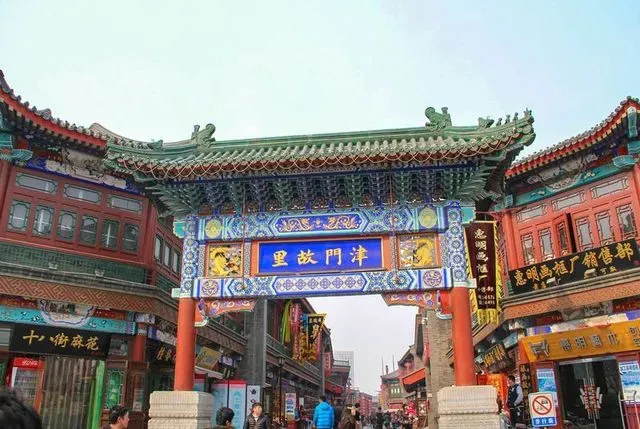
Ancient Culture Street is a major tourist attraction in Tianjin, known as the “Hometown of Tianjin” and “Gushang Art Garden”. It is full of traditional Chinese cultural elements. You can buy various traditional handicrafts and special snacks here and feel the down-to-earth Tianjin flavor.
Tianjin Ancient Culture Street starts from Tongbei Road in the north, ends at Shuige Street in the south, starts from Dongma Road in the west, and ends at Zhang Zizhong Road in the east. There are giant antique archways at both ends. The total length is 580 meters and the total planned construction area is 200,000 square meters. It is a commercial pedestrian street integrating folk culture, tourism and commerce, shopping and leisure, catering and accommodation. The main attractions of Tianjin Ancient Culture Street are Tianhou Palace, Yuhuang Pavilion, Tongqingli, Opera House, Folk Culture Museum. It is a concentration of Tianjin’s time-honored folk handicraft stores and a gathering of many intangible cultural heritage brands.
Tianjin Ancient Culture Street is the birthplace of Tianjin culture. It records the formation process of Tianjin’s old city and contains rich cultural connotations and historical values. In 2005, Tianjin Ancient Culture Street was awarded the Chinese Characteristic Commercial Street. In May 2007, Tianjin Ancient Culture Street Tourism Area (Tianjin Hometown) was awarded the national AAAAA-level tourist attraction. On January 16, 2023, Tianjin Ancient Culture Street was announced by the General Office of the Ministry of Culture and Tourism as the second batch of national tourist and leisure blocks.
2.Panshan Scenic Area
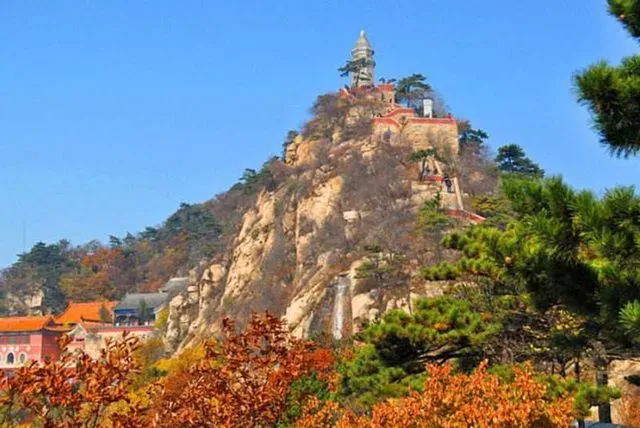
Panshan Scenic Area is a 5A-level scenic area located in Jixian County in the north of Tianjin, China, 120 kilometers away from Tianjin and only 90 kilometers west of Beijing. It is known as the “No. 1 Mountain in Jingdong”.
Panshan has five peaks clustered together, and is known as the “Eastern Wutai Mountain” in the Buddhist world. The mountains compete for beauty and the scenery is picturesque. Panshan is majestic and steep, with overlapping peaks, sea of clouds and pine waves, clear water and rocks, and deep and charming. It is uniquely known as the “Five Peaks”, “Eight Stones” and “Three Pans”.
The main peak of Panshan, Guayue Peak, is 864.4 meters above sea level. It stands like a spring bamboo shoot, majestic and steep. Because the mountain is high and the moon is low in the autumn night, and the jade plate hangs high on the peak, it is named Guayue Peak. Visitors can climb the peak and look far away. In the morning, you can see the sunrise in the East China Sea, and at night, you can see the lights of Beijing.
Emperor Qianlong visited Panshan Scenic Spot 28 times and once exclaimed: If I had known there was Panshan earlier, why would I go to the south of the Yangtze River! In recent years, a number of temples such as Wansong Temple and Yunzhao Temple have been rebuilt in the scenic area, many new scenic spots have been opened, and a kilometer-long winding mountain passenger cableway has been opened to facilitate tourists’ mountain climbing.
3.1、Religious tourist attractions. Dule Temple
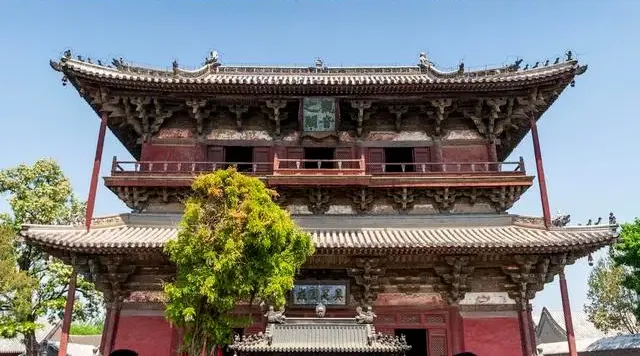
Tianjin Dule Temple is located in the west gate of Jixian City in the northern suburbs. It is one of China’s key cultural relics protection sites. The temple was built in the second year of Zhenguan in the Tang Dynasty (628). The main building, the mountain gate and Guanyin Pavilion, were rebuilt in the second year of Tonghe in the Liao Dynasty (984), and are representative works of ancient Chinese wooden structures. The roof of the mountain gate is a five-ridge and four-slope shape, and it is the earliest existing tiger-shaped mountain gate in China. Guanyin Pavilion is 23 meters high, with a dark floor between the upper and lower floors. Due to different positions and functions, the joints of beams and columns share 24 types of brackets, and the building is famous for its superb techniques. Dule Temple is located in Jixian City. It is one of the first batch of key cultural relics protection sites announced in China and the oldest high-rise wooden structure pavilion-style building in China.
Dule Temple Palace, built in the 18th year of Qianlong (1753), also known as Qianlong Palace, was a place for the Qing emperors to rest on their way to the Eastern Tombs. It is also the only palace left in Tianjin. According to records, Dule Temple has experienced 28 earthquakes since it was rebuilt in the Liao Dynasty, three of which were destructive earthquakes. Almost all the houses and buildings collapsed, but the Guanyin Pavilion was the only one that was not damaged.
3.2、Religious tourist attractions. Xikai Church
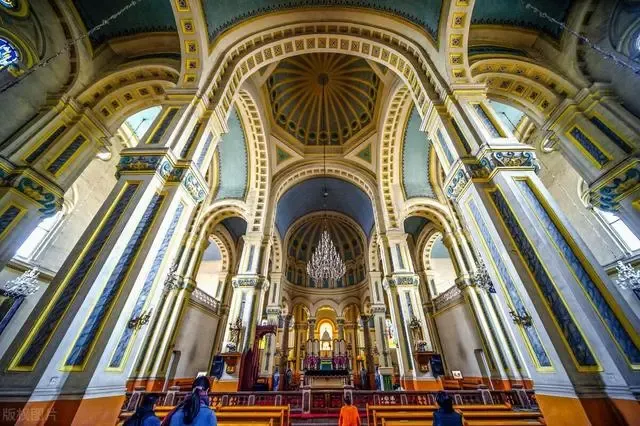
Xikai Church was originally located at Dushan Road, Binjiang Road, Heping District, Tianjin. It faces northeast from southwest. Its full name is the Catholic Xikai Cathedral. Later, it was also called Xikai Church and Old Xikai Church because of the area where it is located. Xikai Church is a cultural relic protection unit in Tianjin and a historical building with special protection level. Xikai Church is the largest Romanesque building in Tianjin and the cathedral of the Catholic Diocese of Tianjin.
4.1、Haihe Scenic Area.Tianjin Eye
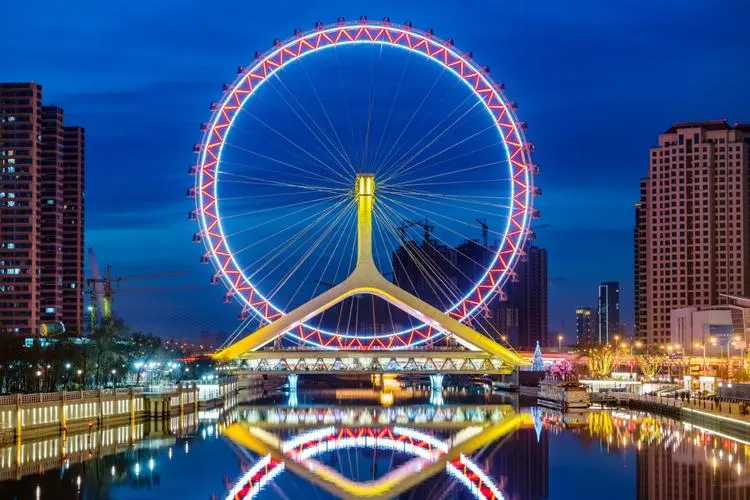
The Eye of Tianjin is the only Ferris wheel built on a bridge in Asia. The Eye of Tianjin, whose full name is the Tianjin Yongle Bridge Ferris Wheel, crosses the Haihe River to connect Hebei District and Hongqiao District. It is a Ferris wheel that crosses the river and integrates a bridge and a wheel, and has both sightseeing and transportation functions. The Eye of Tianjin is the only Ferris wheel built on a bridge in Asia and is one of the landmarks of Tianjin.
The Ferris wheel has a diameter of 110 meters, with 48 360-degree transparent cabins mounted on the outside of the wheel. Each cabin can accommodate 8 people and can accommodate 384 people for sightseeing at the same time. Riding in it, you can see the scenery within a radius of 40 kilometers. When you reach the highest point, you can see the surrounding scenery at a glance, and you can even see the scenery within a radius of 40 kilometers. It is known as the “Eye of Tianjin” and is a beautiful business card of Tianjin.
4.2、Haihe Scenic Area. Haihe River Night Tour
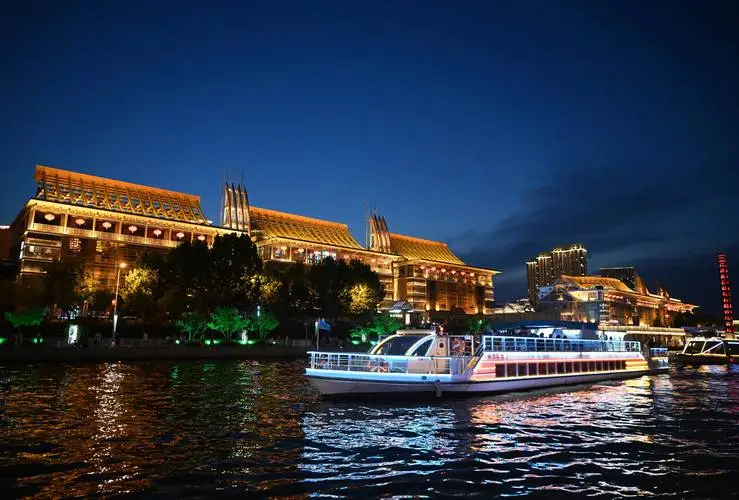
Take a cruise on the Haihe River, enjoy the scenic spots along the way, and feel the unique style of Tianjin. Not only can you see the magnificence of the Tianjin Eye directly, but you can also enjoy the night view of the exotic buildings on both sides of the river.
5.1、Museum attractions. Tianjin Museum
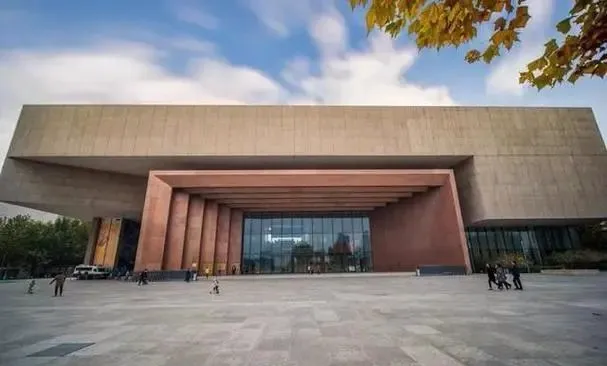
Tianbo is located at No. 62, Pingjiang Road, Hexi District, Tianjin. It is a large-scale comprehensive art and history museum that displays ancient Chinese art and the history of Tianjin’s urban development.
The museum’s predecessor can be traced back to the Tianjin Museum, which was established in the seventh year of the Republic of China (1918). In 2004, it was merged by the former Tianjin Art Museum and Tianjin History Museum. The old museum was opened to the public free of charge at the end of 2007, and the construction of the new museum started in 2008. The new museum was completed and opened to the public in May 2012.
The collection of Tianjin Museum is characterized by the balance of Chinese art works from various dynasties and modern and contemporary historical documents and local historical materials. As of the end of 2019, the museum has a collection of various collections such as ancient bronzes, ceramics, calligraphy, and paintings. The museum’s treasures include “a tripod, a bottle, and a pot”, all of which are rare treasures.
The exhibition halls and special exhibitions of Tianjin Museum include: Fifth Floor: Display of ancient jades and idioms – exhibition of cultural relics and idiom culture in the collection. Second floor: Rare treasures in the world – exquisite collections of cultural relics.
Third floor: Exhibition hall of Tianjin in the 100th year of China.
Fourth floor: Meeting and setting sail – Exhibition hall of Tianjin and the founding of the Communist Party of China.
In addition, Tianjin Museum has also held a number of special exhibitions, such as “Idioms come alive – exhibition of cultural relics and idiom culture in the collection”, “Asking about Moxi Mountain – special exhibition of landscape paintings in the late Qing Dynasty”, etc. These exhibitions have enriched the cultural life of the public and provided opportunities for in-depth understanding of Chinese culture and history.
5.2、Museum attractions. Yangliuqing Museum

Tianjin Yangliuqing Museum is located in the thousand-year-old town of Yangliuqing. It was originally the residence of Shi Yuanshi, one of the eight great families in Tianjin in the late Qing Dynasty. At the end of 1948, Yangliuqing was liberated and the courtyard was nationalized for use as the Tianjin Special Administrative Office. Liu Qingshan and Zhang Zishan worked here. In 1956, the Tianjin Prefectural Committee moved out. Until the restoration in 1987, the courtyard had been used as a school building. At the end of 1991, the Shi Family Courtyard was officially opened and designated as the “Tianjin Yangliuqing Museum”. It is now a municipal cultural relic protection unit and a patriotism education base, youth education base, and film and television shooting base in Tianjin.
The unique Tianjin Yangliuqing Museum is a collection of the quintessence of folk crafts, with folk displays and stone house restoration displays. The folk displays include: Tianjin wedding customs displays with strong northern ethnic characteristics; commercial customs displays showing the prosperity of Yangliuqing shops in the late Qing Dynasty; Yangliuqing brick carving displays reflecting the wisdom and ingenuity of the working people and unique Chinese architectural art characteristics; a water bureau restoration display reflecting the development of the ancient town’s folk fire-fighting organizations; a handmade paper-cut display with Yangliuqing folk characteristics; a display of canal boats, sedans, flower fairs, and precious Yangliuqing light box paintings, etc.
5.3、Museum attractions. National Maritime Museum

It is the only national comprehensive marine museum in China. The main building has three floors and part of it has four floors. The exhibition content revolves around the theme of “Ocean and Humanity” and is divided into three major sections: “Ocean Humanities”, “Ocean Nature” and “Ocean Ecology”. There are six exhibition areas and 15 exhibition halls. When you come here, you can not only have a deep understanding of the history and culture of the ocean, but also taste a variety of fresh and delicious seafood. At the same time, there are many interactive experiences and entertainment facilities for tourists to choose from.
5.4、Museum attractions. Tianjin Baocheng Museum
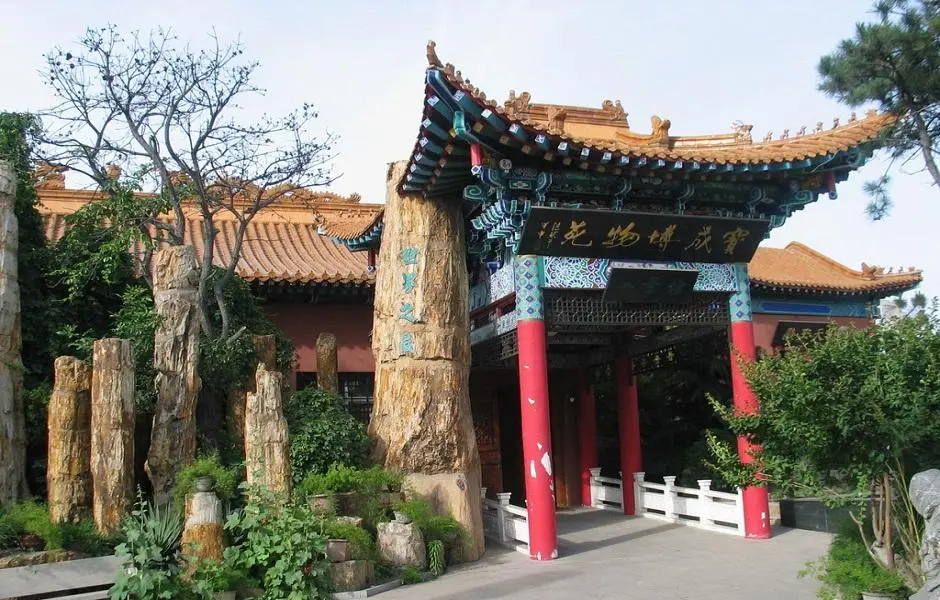
Tianjin Baocheng Museum is a two-story antique building with glazed tile roof and white marble railings, with a total area of 2,600 square meters. There are 8 exhibition halls in the museum, including stalactite hall, biological fossil hall, Chinese rare stone hall, imperial palace health hall, giant wood carving hall, corridor antiquities hall, Lingbi rare stone hall, etc., with more than 2,000 rare stone treasures, wood carving treasures, celebrity calligraphy and paintings, etc., which are magnificent, classic and spectacular.
6.Theme park tourist attractions. TEDA Aircraft Carrier Theme Park
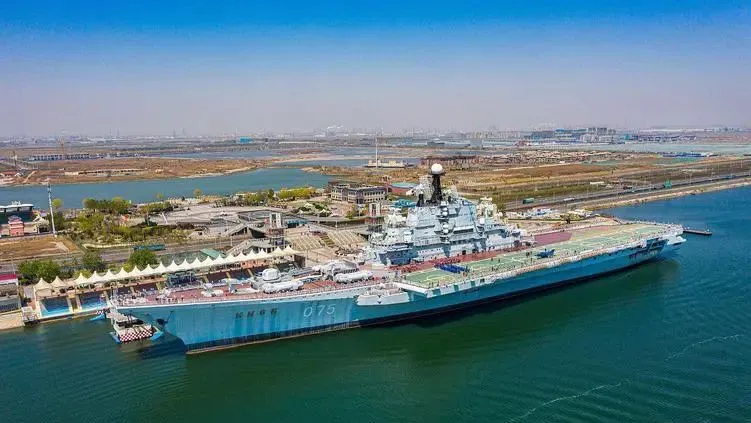
The Kiev aircraft carrier, which was decommissioned by Ukraine, is the main attraction. It not only displays the magnificence of the aircraft carrier, but also has a rich display of weapons and wonderful theme performances. Visitors can experience the charm of military culture up close, which is a place that military fans cannot miss.
6.2、Theme park tourist attractions. Tianjin Fantawild Adventure

This is a theme park full of science fiction and fantasy elements, known as the “Oriental Fantasy Park”. Here you can experience unprecedented excitement and pleasure, as if you are in a magical future world. It is an excellent choice for young people and family travel.
6.3、Theme park tourist attractions. Triumph Kingdom Theme Park
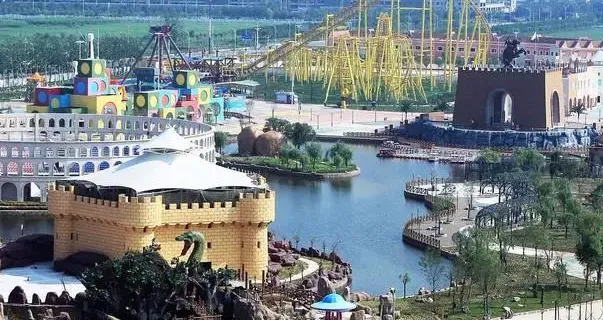
The Triumph Kingdom Theme Park was invested and built by Guangdong Yuguiyuan Group with an investment of RMB 3 billion, covering an area of about 1,300 acres. The park is located in Yonghe Road, Wuqing District, Tianjin, connected to Wuqing Development Zone in the north and Tianjin Wuqing Station of Beijing-Tianjin Intercity High-speed Railway in the south, and is located in the center of the Beijing-Tianjin business circle. At present, the planning and construction of the largest, most powerful and most service-oriented comprehensive leisure and tourism base in the north has begun in phases, integrating themes, culture, entertainment and leisure.
7.1、Ancient garden attractions. Drum Tower
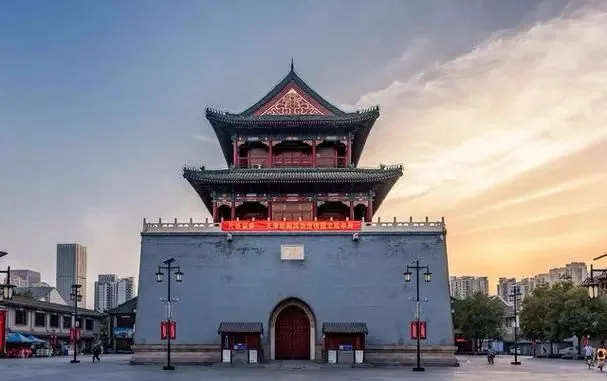
The Drum Tower is located in the center of the old city of Tianjin and is one of the landmark buildings in Tianjin. It not only has a long history, but also preserves many precious historical relics.
7.2、Ancient Gardens and Attractions. Tianjin Ningyuan
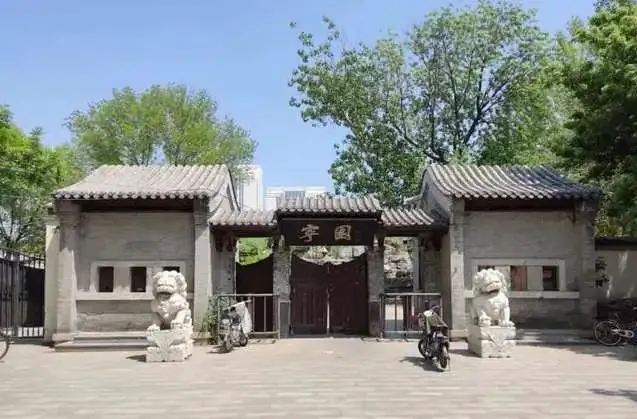
Tianjin Ningyuan, also known as Beining Park, is located in the northeast of Hebei District, Tianjin. The park was built during the reign of Emperor Guangxu of the Qing Dynasty and was originally a plantation of Yuan Shikai. A gate was set up in the park to divert water, so that the lake water can be connected with the Jinzhong River and the Crescent River outside the park. The pavilions are scattered, with typical Chinese classical garden characteristics. The main landscapes in the park include Jiuqu Shengjing, Daiyue Tower, Diecui Mountain, Huxin Pavilion, Yiran Hall, and a small zoo. The Zhiyuan Tower in the north of the park is 74.4 meters high with nine floors. The walls around the tower are inlaid with more than 100 porcelain glaze paintings or bluestone reliefs with historical themes, mainly cultural relics from successive dynasties in China; take the two-way spiral staircase or elevator to the ninth floor, the highest point, and enjoy the beautiful scenery of Tianjin.
8.1、Passes and ruins attractions. Huangyaguan Great Wall
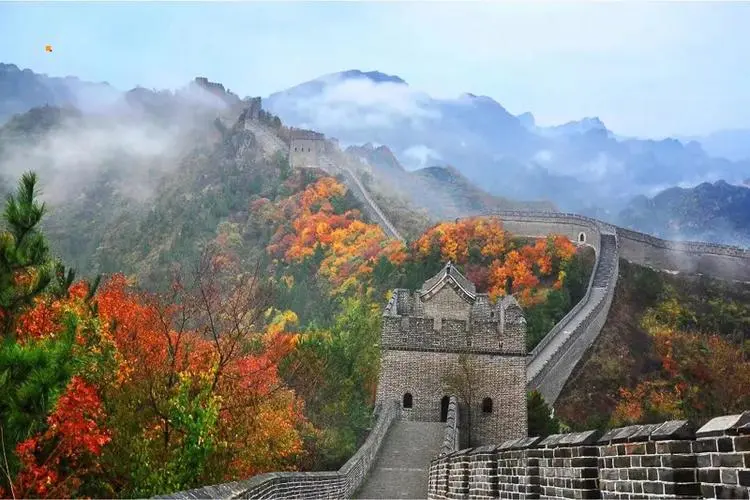
Huangyaguan Great Wall is a well-preserved section of the Ming Dynasty Great Wall. Here you can feel the magnificence of the ancient military defense project and the vicissitudes of history.
8.2、Passes and ruins attractions. Dagukou Fort Ruins
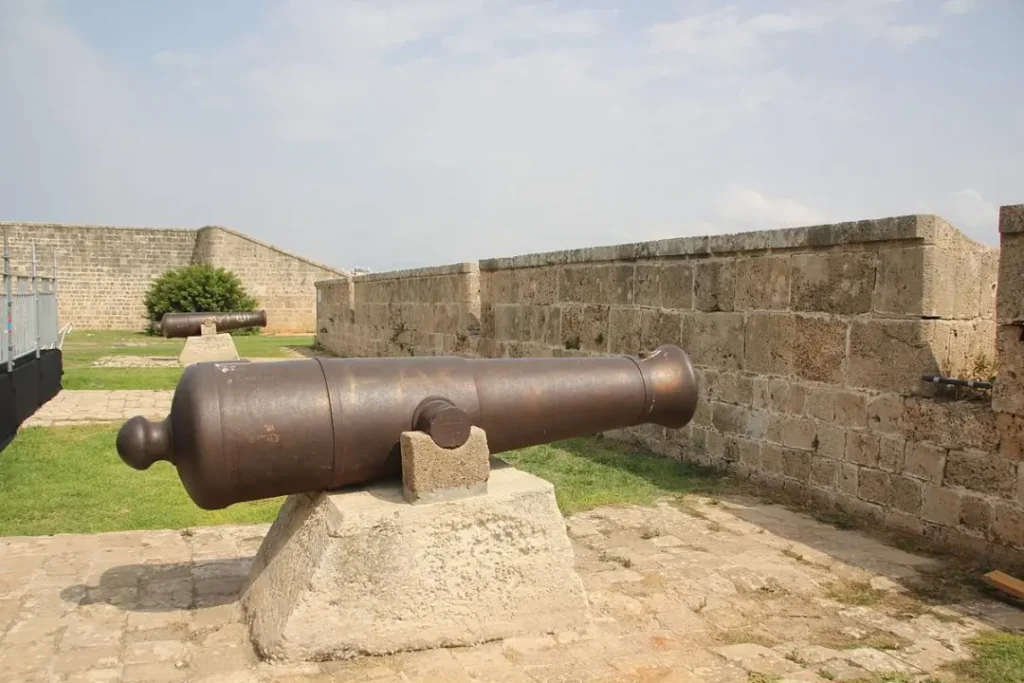
The Dagukou Fort Ruins are located at the mouth of the Haihe River. They are based on the Dagukou Fort built in the Ming Dynasty. There is a Dagukou Fort Ruins Museum in the scenic area, which shows the history of old China being bullied by foreign powers in the 19th century; the outdoor ancient forts, ancient cannons, city walls and other spectacular vicissitudes.
9.Tianjin Tropical Botanical Garden

Tianjin Tropical Botanical Garden is the largest indoor botanical garden in Asia and a unique theme park in the northern region. The botanical garden is located north of the No. 7 bridge on the outer ring road, covering an area of 40,000 square meters. It consists of the Four Seasons Flower Hall, the Science Education Hall, the Tropical Rainforest Hall and the Comprehensive Service Hall. The garden has more than 3,000 kinds of tropical plants from dozens of countries such as Canada, Thailand, Australia, the United States, Malaysia and various provinces and cities in southern China.
Among them, the Tropical Rainforest Hall is based on Mayan culture, with nearly 20 landscapes such as villages, waterfalls, and suspension bridges; the Four Seasons Flower Hall and the Science Education Hall are mainly for flower viewing and popularization of plant knowledge for young people; the Comprehensive Service Hall has a full range of service projects such as restaurants, entertainment, sales, and information. The botanical garden is second to none in Asia in terms of both building scale and plant variety. It can be compared with the famous “Garden of Eden” in the UK.
10.1、Special Street Tour. Five Avenue Cultural Tourism Zone
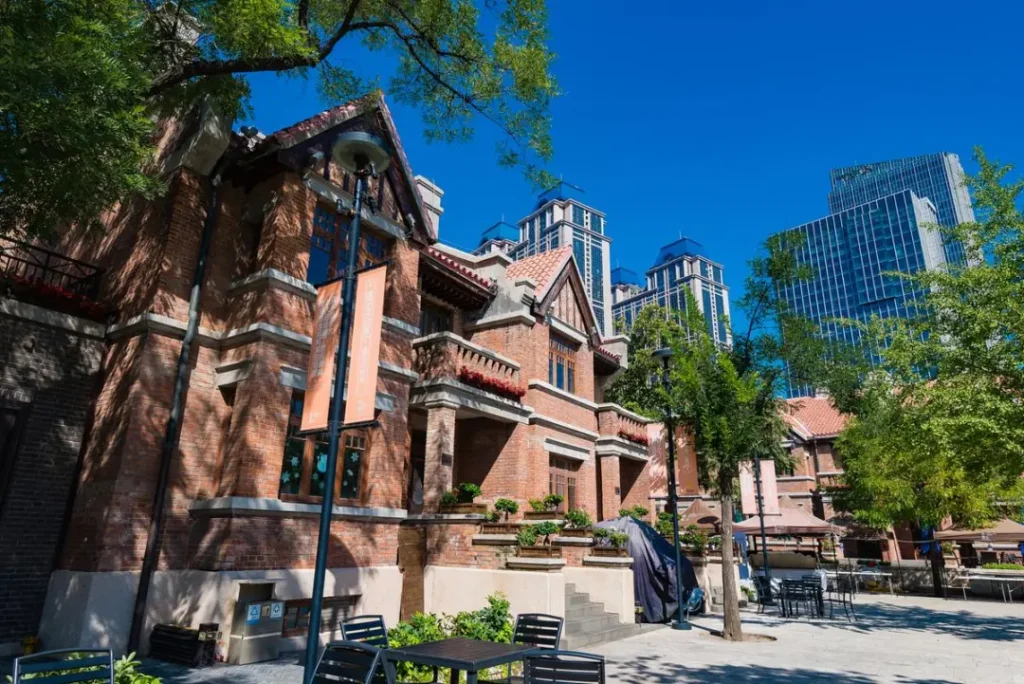
Five Avenues is not an official place name, but should actually be called Six Avenues, namely Chengdu Road, Chongqing Road, Changde Road, Dali Road, Munan Road and Machang Road, which later became a widely circulated common name. Because it was once a British concession, the buildings of various styles left over from various countries have become the brightest scenery. Machang Road and Munan Road are the first to be recommended. The roads are not wide, but there are 300 small Western-style buildings, each with a history behind them, famous or little-known.
Wudadao area has more than 2,000 garden-style houses built in the 1920s and 1930s in the architectural styles of Britain, France, Italy, Germany and Spain. Among them, there are more than 300 style buildings and celebrity residences. It is recognized as a unique international architectural exposition in Tianjin. These style buildings are rich and colorful in architectural form, including Renaissance, Greek, Gothic, Romanticism, Eclecticism, and a combination of Chinese and Western styles, forming a solidified art.
10.2、Special Street Tour. Haihe Italian Style District
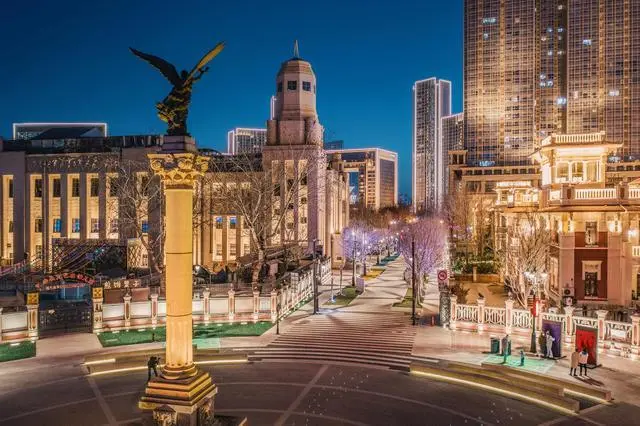
The Italian Style Area of Tianjin is located in Hebei District, Tianjin. It is a square area surrounded by Wujing Road, Boai Road, Shengli Road and Jianguo Road. There are nearly 200 well-preserved European buildings with a century of history in the area. It is the largest Italian-style building complex outside of Italy. There are many famous modern and contemporary historical celebrities’ former residences around this area.
There are more than 200 elegant Mediterranean-style buildings in the scenic area. Walking among them is like walking in a romantic European town. Marco Polo Square is one of the landmark buildings of the scenic area. The goddess of peace holding an olive branch stands on the central Corinthian stone column. Films and TV series such as “The Founding of a Republic” and “The Golden Age” have been filmed here.
10.3、Special Street Tour. Porcelain House
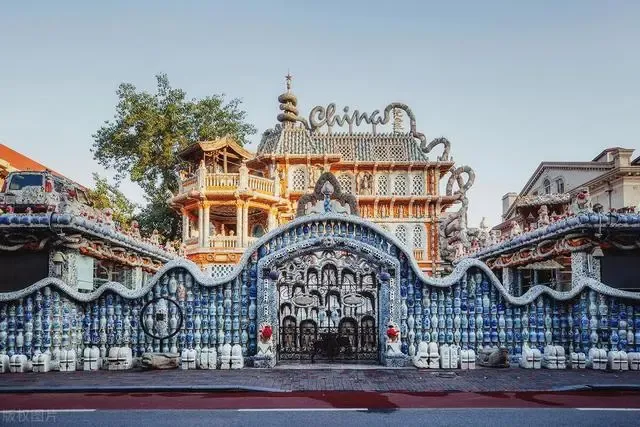
The Porcelain House is located at No. 72 Chifeng Road, Heping District, Tianjin (near Heping Road Commercial Street). It is a French-style building built with ancient porcelain, with a construction area of 4,200 square meters.
The Porcelain House was formerly a small French-style building, the former residence of Huang Rongliang, a modern Chinese diplomat. After liberation, it became the Tianjin Heping District Industrial and Commercial Bureau. Later, as the Industrial and Commercial Bureau moved to a new site, the building was idle for more than ten years. In September 2002, Zhang Lianzhi, president of Guangdong Weixian Group, spent 30 million to buy the small building, and then covered the small building with ancient porcelain to build the “Porcelain House”, which was officially opened to the public in September 2007. The Porcelain House has 4 floors. The entire building was built with more than 700 million pieces of ancient porcelain, more than 13,000 pieces of ancient porcelain bottles, plates, bowls, more than 300 stone sculptures from past dynasties, more than 300 white marble lions, more than 300 porcelain cat pillows, more than 20 tons of crystal agate, etc. The walls are also painted with collages of porcelain pieces. The Porcelain House mainly has scenic spots such as the Peace Wall, porcelain dragons, porcelain lions, and celebrity calligraphy and paintings. It is known as a priceless “Chinese Ancient Porcelain Museum”.
As a cultural landmark of Tianjin, the Porcelain House was rated as one of the top 15 uniquely designed museums in the world by the Huffington Post on September 23, 2010. In April 2011, the Porcelain House was rated as a national AAA-level tourist attraction by the Ministry of Culture and Tourism.
